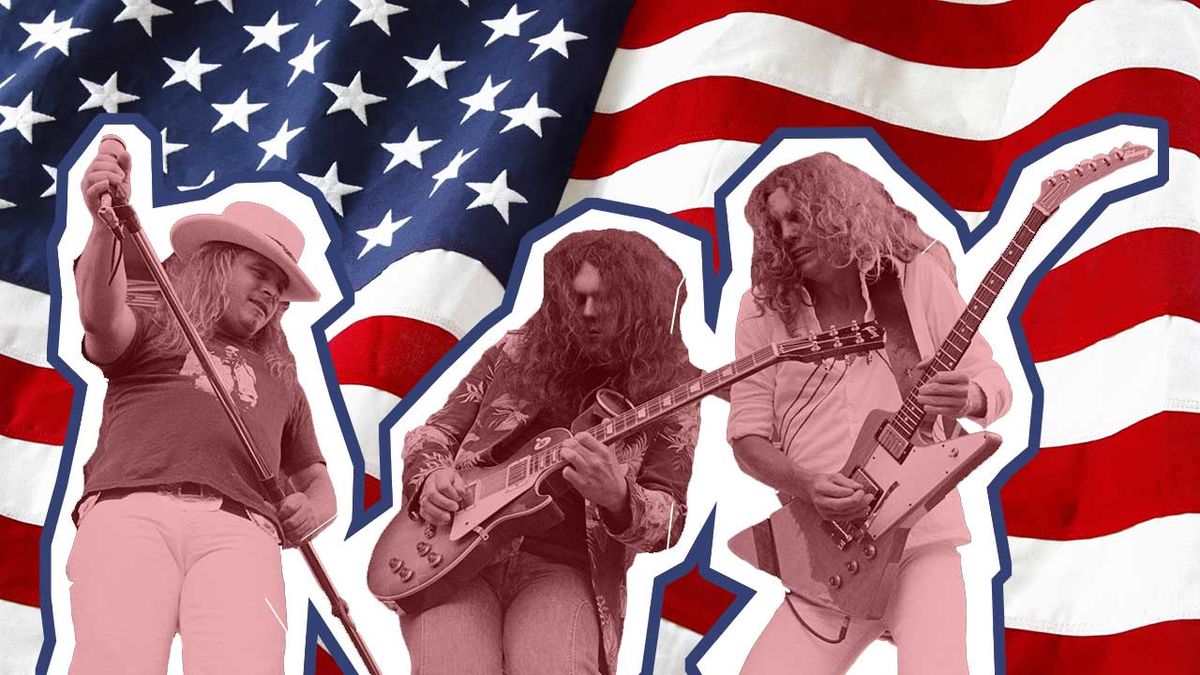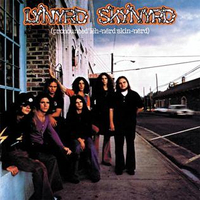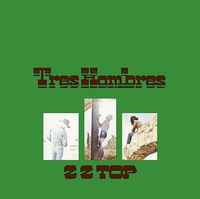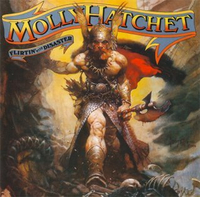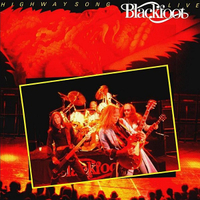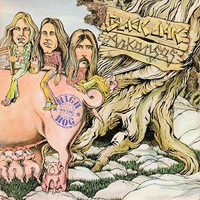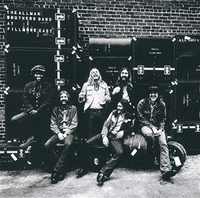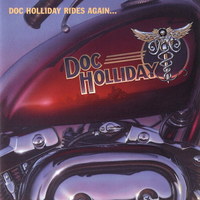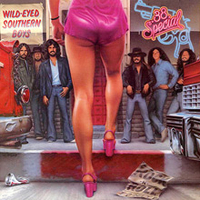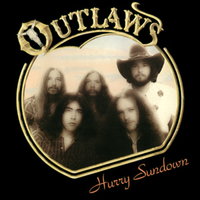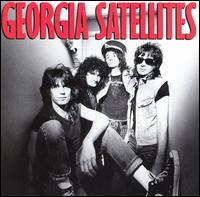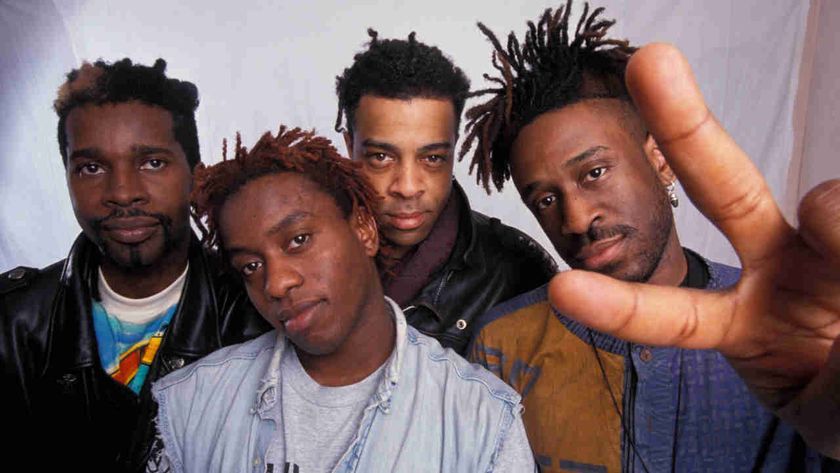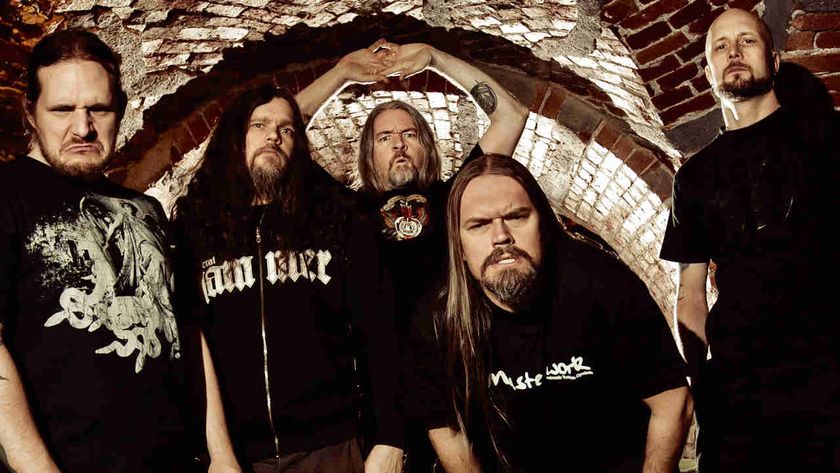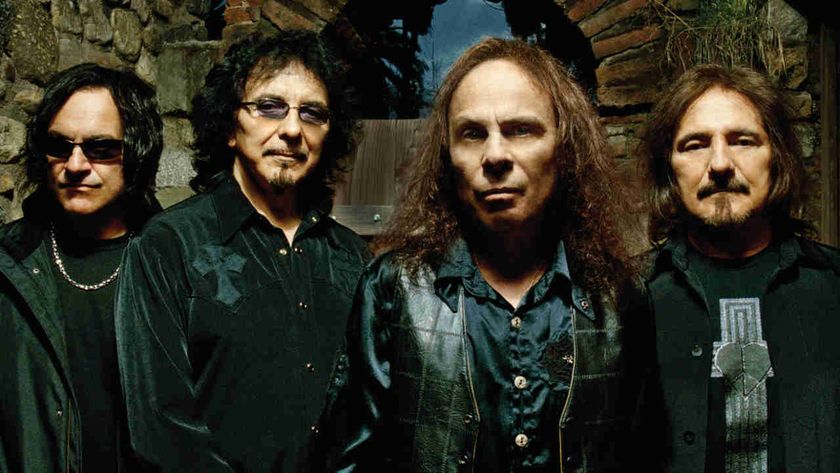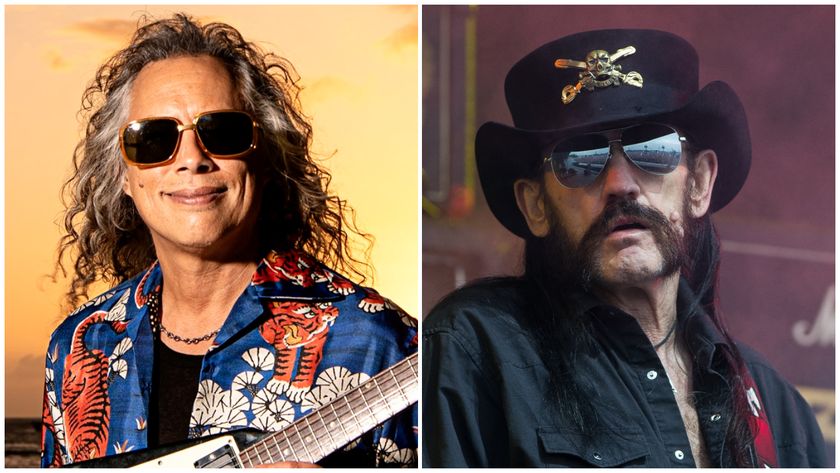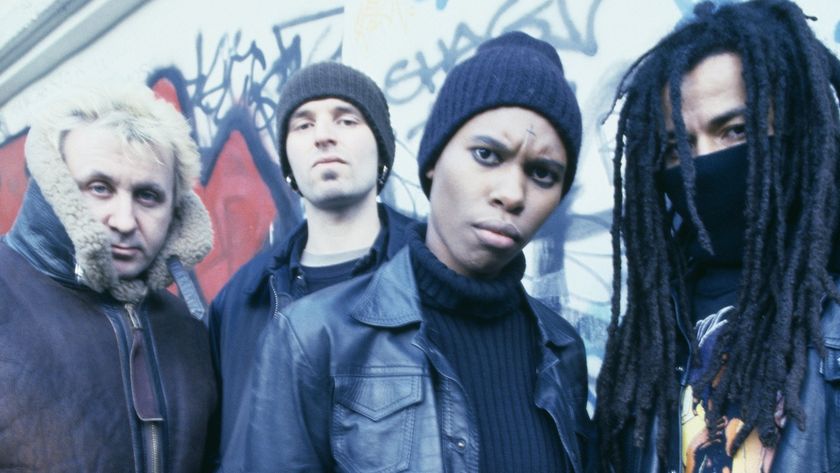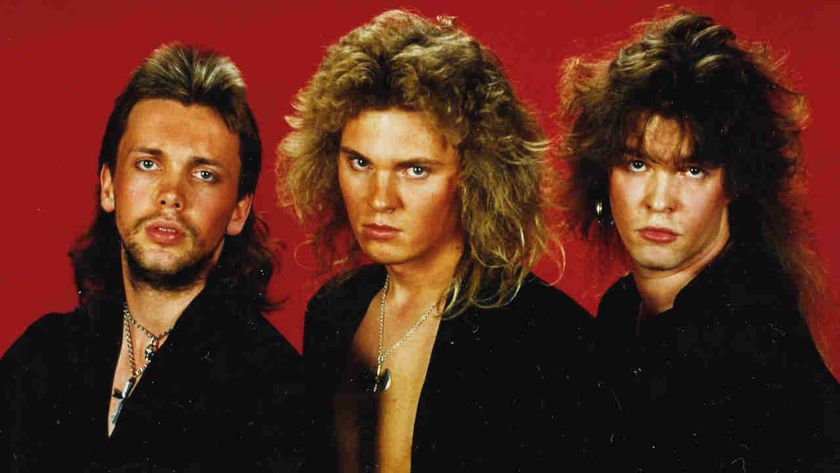Define ‘Southern rock’. Go on, give it a try. It seems simple, but it’s actually as tough as attempting to define the whole rock genre. But there's one thing we can say with certainty: It's an American phenomenon. There have been bands from elsewhere who’ve turned their hand to this sort of music – ever heard Japanese hopefuls Idlewild South, named after the Allman Brothers album? – but they're largely unconvincing.
It also tends to be a preserve of the Southern states, mixing moonshine and blues, rednecks and country, notions of freedom and (in days passed, at least) an apparent affection for the Confederacy. And its roots could easily be traced right back to the birth of rock’n’roll itself.
For our purposes, it really began in the late 1960s, thanks to groups such as Creedence Clearwater Revival and The Allman Brothers Band, and reached a maturity of which Jack Daniels would have been proud with Lynyrd Skynyrd.
The core of Southern rock draws in bands such as Black Oak Arkansas, Blackfoot, Molly Hatchet, .38 Special and The Outlaws. It stretches towards true country music through The Charlie Daniels Band and The Marshall Tucker Band – hell, Willie Nelson is a patron saint of this irresistible force. It even touches on the forbidding fevered swamps of metal through Corrosion Of Conformity and Down, right on to the mania of Pantera.
Wherever you look in modern rock and metal, the hand of the South reaches out and provides an abiding influence. What do you think The Black Crowes would sound like without that input? Or Black Label Society? Or Kid Rock?
Southern rock, perhaps more than any other genre in the whole Classic Rock sphere, has remained resolutely unaltered by the passage of time. It’s still dominated by a testosterone-fuelled ambivalence to modern mores, and the wail of guitars looking for some fighting room.
Rather like the classic western movie, there’s something anachronistic yet charming about Southern rock. It has survived and flourished in its own environment for half a century, throwing up some of the greatest music and finest myths of our time, while more modern acts like Blackberry Smoke are vivid proof that the genre is much more than just a 50-year flash in the pan.
These are 10 Southern rock albums you need to own.

